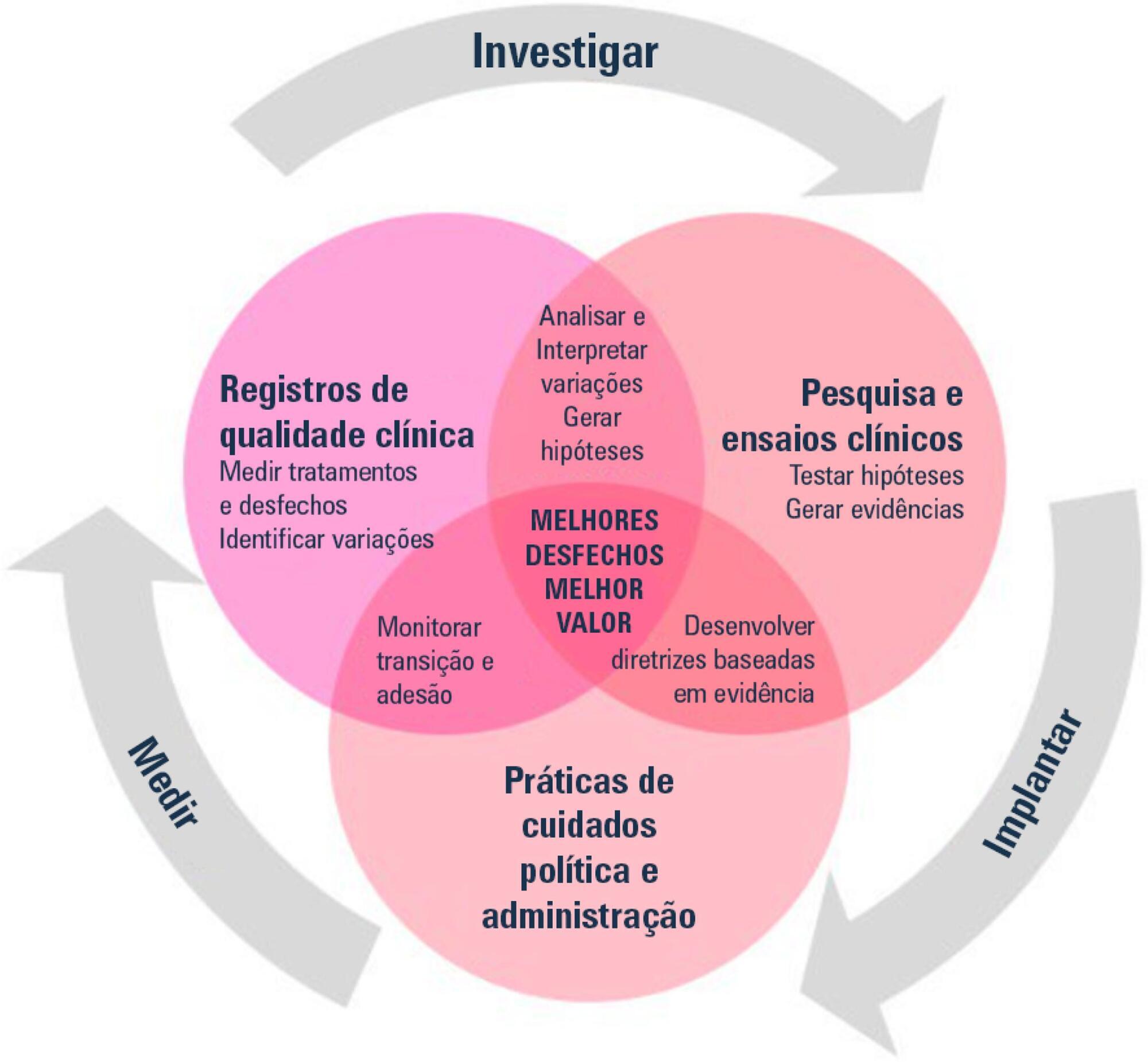
Pediatric critical illness is a rare event. Crow et al. recently showed how unusual it is for a child to be admitted to a pediatric intensive care unit (PICU).() Although infrequent from a population-based standpoint, common PICU conditions (such as sepsis) represent an international threat, and significant disparities in outcomes still prevail in resource-limited settings.(,)
Children hospitalized in PICUs have unique characteristics, heterogeneous diagnoses and a wide range of ages. Furthermore, many pragmatic obstacles, such as substantial variation in the process of care delivery across different healthcare systems (hospital organizational differences, low access to home care services, low availability of beds, etc.), can coexist and make it difficult to obtain representative sample sizes for PICU research. Usually, a single PICU does not have enough patient volume to gather substantial amount of information about a specific homogeneous group of children to achieve good-quality research. Therefore, variability in common clinical practices among providers is widespread, which can become a driver for the misuse of therapeutic and diagnostic interventions and an obstacle to improving health-care outcomes.
[…]
Search
Search in:


Comments